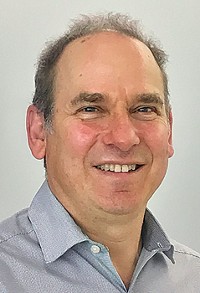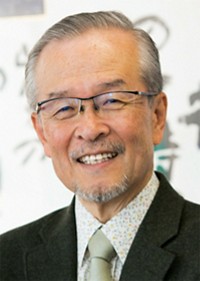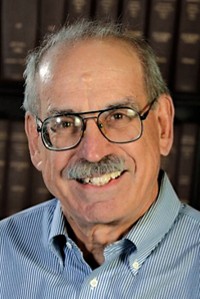Advertisement
Grab your lab coat. Let's get started
Welcome!
Welcome!
Create an account below to get 6 C&EN articles per month, receive newsletters and more - all free.
It seems this is your first time logging in online. Please enter the following information to continue.
As an ACS member you automatically get access to this site. All we need is few more details to create your reading experience.
Not you? Sign in with a different account.
Not you? Sign in with a different account.
ERROR 1
ERROR 1
ERROR 2
ERROR 2
ERROR 2
ERROR 2
ERROR 2
Password and Confirm password must match.
If you have an ACS member number, please enter it here so we can link this account to your membership. (optional)
ERROR 2
ACS values your privacy. By submitting your information, you are gaining access to C&EN and subscribing to our weekly newsletter. We use the information you provide to make your reading experience better, and we will never sell your data to third party members.
Synthesis
ACS Award In Inorganic Chemistry
by Britt E. Erickson
January 28, 2013
| A version of this story appeared in
Volume 91, Issue 4
Sponsored by Aldrich Chemical Co. LLC
Daniel L. DuBois, a laboratory fellow at Pacific Northwest National Laboratory (PNNL), has dedicated his career to designing molecular electrocatalysts for energy conversion. He is being honored for his work on catalysts for the interconversion of fuels and electricity, on synthetic organometallic and inorganic chemistry, and on thermodynamic studies relevant to catalysis.
DuBois’ research “influences how inorganic chemists think about electrocatalysis,” says R. Morris Bullock, director of the Center for Molecular Electrocatalysis at PNNL. “He developed new electrocatalysts for CO2 reduction, hydrogen oxidation, and hydrogen production.”
DuBois, 63, is internationally recognized for his work on measuring the thermodynamic ability of metal hydrides to transfer hydride ions, an important property of electrocatalysts. He is also known for showing that pendant amines incorporated into catalysts’ diphosphine ligands function as proton relays, significantly increasing the rates of hydrogen oxidation and production.
In fact, DuBois’ team developed aminodiphosphine catalysts that operate faster than nature’s hydrogenases, notes Thomas B. Rauchfuss, a chemistry professor at the University of Illinois, Urbana-Champaign, who is familiar with DuBois’ research. “No one publishes on the redox of H2 or CO2 without citing his work.”
“While most synthetic and biomimetic chemists chose to pursue the structural composition of the two well-characterized hydrogenase enzyme active sites, DuBois targeted the critical features that contributed to the success of each,” says Marcetta Y. Darensbourg, a colleague of DuBois’ and a chemistry professor at Texas A&M University. He “produced hybrid synthetic analogs that really do reversibly catalyze the reactions of hydrogen oxidation and proton reduction, and do it well.”
A large part of DuBois’ research has focused on converting solar energy to fuels. The work “has been fun, with many stimulating intellectual and social aspects,” DuBois tells C&EN. Prior to joining PNNL in 2006, DuBois spent more than 20 years at the National Renewable Energy Laboratory. From 1985 to 2005, he managed NREL’s synthesis and catalysis team.
“DuBois is a scholar’s scholar who has dedicated his career to understanding the activation of small molecules—CO2, H2, CO—by transition-metal catalysts,” Rauchfuss says. As a result of his work at PNNL and NREL, “his papers are required reading for scientists working on post-fossil-fuels catalysis.”
DuBois’ research goes beyond thorough mechanistic and thermodynamic analysis. “His papers contextualize results broadly; for example, highlighting connections to enzymology, fuels, and climate change,” Rauchfuss notes. “It is important that we recognize colleagues who use inorganic chemistry to grapple with big problems.”
DuBois’ ideas have led to multi-million-dollar projects at PNNL, and he has helped numerous scientists make the connection between laboratory research and real-world problems, Bullock says. In addition to his scientific accomplishments, DuBois is known as “an inspirational, dedicated mentor to postdocs and early-career chemists.”
When he is not developing new electrocatalysts and helping early-career scientists understand the societal importance of their work, DuBois enjoys spending time with his children and hiking, biking, and bird-watching with his wife, Mary, a highly accomplished organometallic chemist and key partner on many of his projects.
DuBois will present the award address before the ACS Division of Inorganic Chemistry.






Join the conversation
Contact the reporter
Submit a Letter to the Editor for publication
Engage with us on Twitter